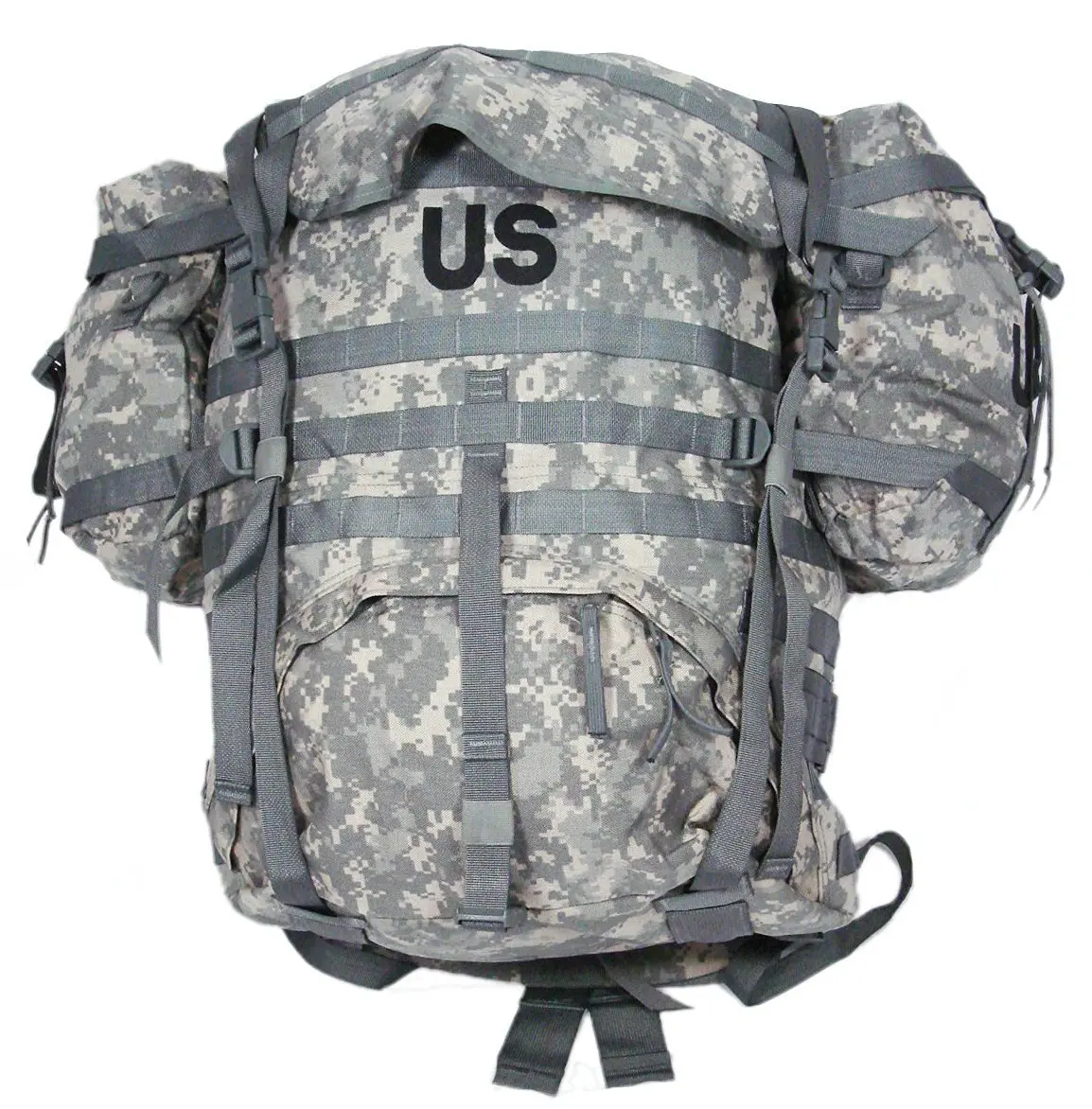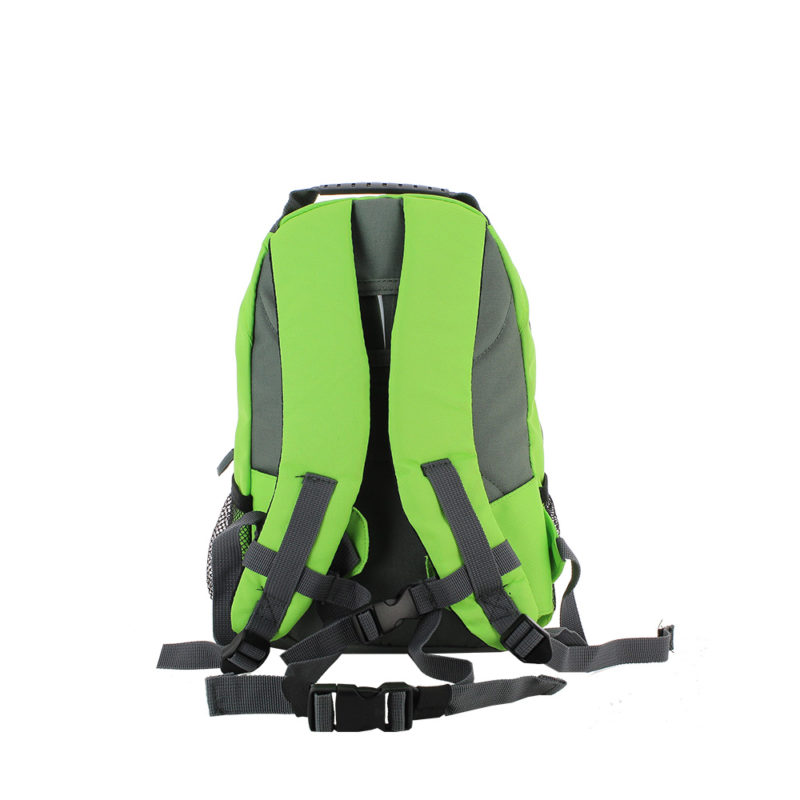

- #01 KNAPSACK HOW TO#
- #01 KNAPSACK INSTALL#
Thus we have, 0-1 Knapsack (numitems, capacity, weight, value) = maximum ( 0-1 Knapsack (numitems - 1, capacity, weight, value) or 0-1 Knapsack (numitems - 1, capacity - weight, weight, value) + value ) )ĭynamic programming approach for 0-1 knapsackīase case values for 0-1 knapsack Knapsack Capacity 0 kg The value of the knapsack is increased by the value of the chosen item. Thus the capacity of the knapsack is reduced by the weight of the item, but Thus the number of items now available is reduced by 1.
If the available capacity of the knapsack is greater than the weight of the chosen item to be put, check what would give a higher value to the knapsackĪ knapsack not containing the chosen item. If zero items are available for filling the knapsack, then none can be put into the knapsack 0-1 Knapsack (numitems = 0, capacity, weight, value) = 0 when the number of items equal 0. Thus 0-1 Knapsack (numitems, capacity = 0, weight, value) = 0 when capacity equals 0. If the capacity of the sack is 0 kg, then no item can be added to the knapsack. We can see that adding weights 1 kg (value $ 3) and 4 kg (value $ 8) to the knapsack gives it maximum value of $ 11. Thus the set of available items/weights is : Item The goal is to maximize the value of the knapsack by adding chosen weights that the knapsack can hold.Īnd we have a set of available items with their weights and corresponding values:, ,, and It should be noted that I starts from 1, so i-1 in the indexes of val and WT represents the ith item.The 0-1 knapsack programming problem is as below:Ī) A finite collection of weights with values.ī) An empty knapsack with a limited weight capacity.  If the i-th item is put into the backpack: since it is put into the backpack, the capacity in this state will decrease by wt, and the value will increase by val, so dp=dp]+val. If the i-th item is not put in the backpack: obviously, since the i-th item is not put in, the value will not increase and the status will not change, that is, dp=dp.
If the i-th item is put into the backpack: since it is put into the backpack, the capacity in this state will decrease by wt, and the value will increase by val, so dp=dp]+val. If the i-th item is not put in the backpack: obviously, since the i-th item is not put in, the value will not increase and the status will not change, that is, dp=dp. #01 KNAPSACK HOW TO#
The most difficult part of dynamic planning is dynamic transfer, that is, how to express the above text as code (5) Dynamic transfer

So the most original framework is as follows int dpĭon't put things i Put it in your backpack The most extreme and simplest case is naturally i=0, which means no items are selected, and w=0, which means the backpack capacity is 0. (3)base caseīase case is easy to think of. The subsequent operation is to deduce each state step by step from the simplest case, and finally return the result when i=N and w=W. It means that for the first I items, If the given capacity is w, the maximum value that can be installed is dp Each brick and tile above represents a state, and their arrival is closely related to the bricks and tiles below). then we also define dp array as dp (the essence of dynamic programming is the transfer of state, just like building a wall. The question is about the maximum value that can be loaded when the number of items is N and the backpack capacity is w. The dynamic planning framework is as follows There is no doubt that the value of dp array must be value. Next, define the dp array based on the status and selection. If you choose to load, it will reduce the capacity of the backpack and the number of selectable items (2) How to define dp array Therefore, the selection leads to a state change.
#01 KNAPSACK INSTALL#
Choice: the choice is to either install it or not (i.e. Status: since items are constantly put into the status, there are two changes - "Backpack Capacity" and optional items. Now, what is the maximum value you can pack with this back package?Ġ1 knapsack problem is a very classic dynamic programming problem, which can be a good introduction to dynamic programming, and there are many deformation problems related to it (1) What are the status and choices? The weight of the ith item is wt and the value is val. Each item has two attributes: weight and value. 
Give you a backpack with a weight of W and N items.








 0 kommentar(er)
0 kommentar(er)
